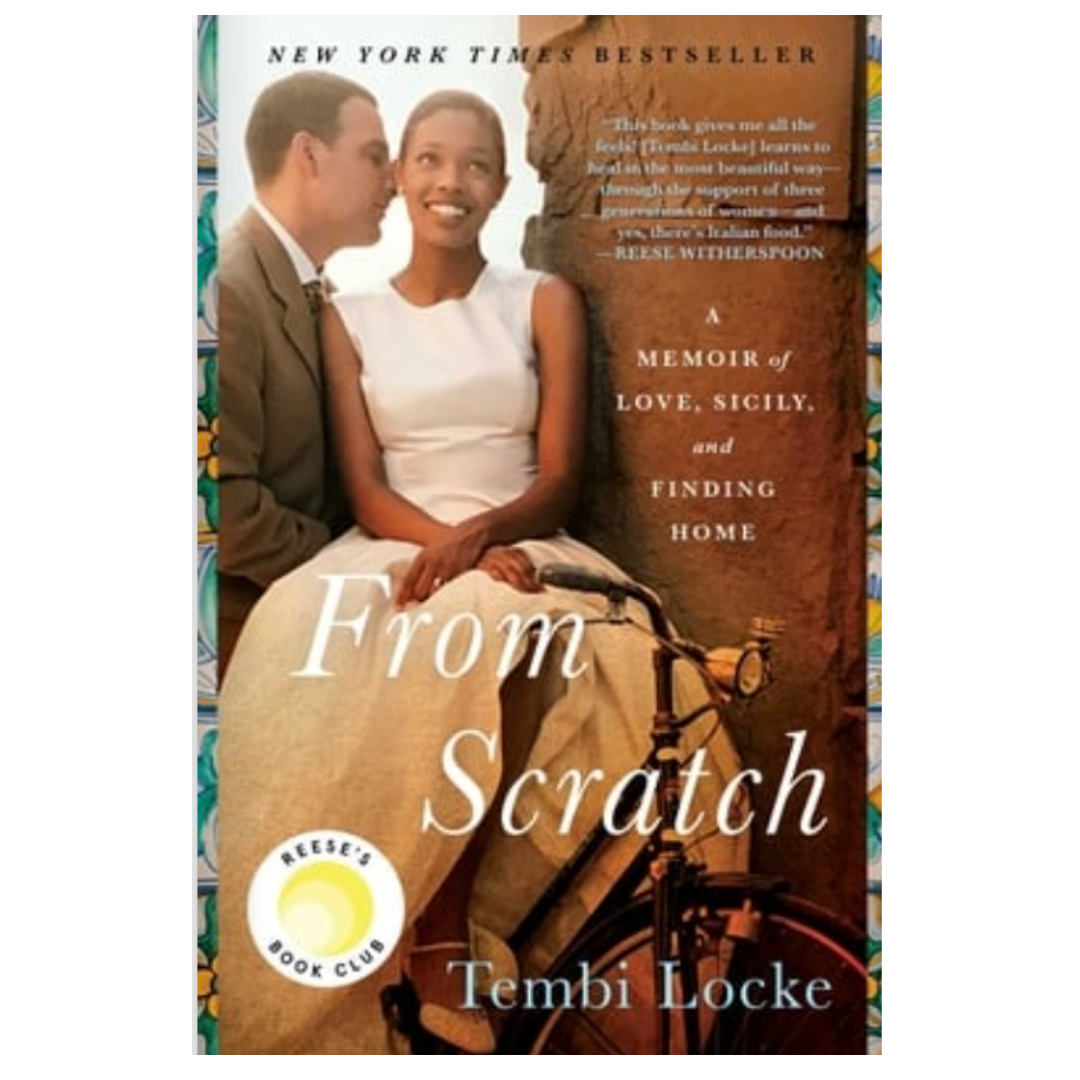Eden Book Club: Sabrina And Corina Discussion
I read Sabrina And Corina on a quiet Monday. I was (and still am) in awe of how much Kali Fajardo-Anstine was able to express in so little space. Sabrina And Corina is a quick-to-read, intimate, beautifully written collection of short stories. The themes – family, homelands, absence, identity, violence against women – ran deep into each line and word. I love this compilation so much (this book is without-a-doubt my favorite short story collection of the year). The women presented in Sabrina And Corina felt fleshed out, real, and authentic. They were the sum of their surroundings and the generations who came before. Each tale had a direction. Sabrina And Corina didn’t feel tangled or motionless; it felt cohesive.
I can’t wait to hear your thoughts on this short story collection. Feel free to rant or rave in the comments section below. I look forward to chatting with you!
Book Club Discussion Guidelines
Discussion posts (like this one) will have a series of questions as starting points. But honestly, you can talk about whatever you want regarding the books (or questions). You don’t have to answer all (or any) of the questions. I’d still love to hear your thoughts!
You can join in regardless of whether you’ve read, not read, or DNF’d the book! I understand that not everyone has the time to read or finish the book so I try to include a general discussion question as well to make the discussions more inclusive.
Sabrina And Corina Discussion Questions
- What was your favorite short story in Sabrina And Corina?
- What do you think the “Sugar Baby” represents in the story Sugar Babies?
- In the title story (Sabrina And Corina), it seems as though everyone comments on Sabrina’s beauty. How do you feel about that emphasis? How much do you think Sabrina thought about her own beauty? How do you think Sabrina viewed herself?
- “My grandmother hardly mentioned Auntie Liz except to say that what killed her had killed them all (pg. 33).” What do you think the author is referring to here? What “killed them all”?
- How do you feel about the dialogue in this book? Which story, if any, did you feel had the most realistic dialogue?
- In Sisters, how does Doty’s experience parallel her mother’s?
- Most of the stories in Sabrina & Corina are in first-person, but some stories like “Sisters” and “Galapago” are in third-person. Do you feel like third-person storytelling strengthened or weakened these narratives?
- How did you feel about the fictional area of Saguarita, Colorado? What made the landscape feel real?
- Several of the stories explored the issue of gentrification. How do you feel about gentrification? How do you think gentrification impacts communities today?
- If you could read a book that expanded upon one particular story in this collection, which story would you choose?
September 2022 Book Club Pick


Let me know your thoughts in the comments below! Of course, these are just starter questions. There are no right or wrong answers. Feel 100% free to discuss anything regarding the book (or otherwise). I’ll be jumping in and responding as well!








I found this collection of short stories interesting. It gave me a lot to think about!
I think the sugar baby is meant to represent the expected roles of a typical family. Mrs. Sharply quite literally hands the students the responsibility of sugar babies. Sugar Babies are forced through an assignment. Being a mother is not a role that Sierra wants to take on. In fact, even though Sierra is the “mother”, Robbie seems more interested in taking care of the baby. The real life situation twists the idea of Sugar Babies on its head and offers a parallel to Sierra’s mother’s own story.
Saguarita didn’t feel fictional. It felt like an immersive place from the very first time I was introduced to it as “a place where the land with its silken fibers of swaying grass resembled a woman with her face pressed firmly to the pillow, a golden blonde by day, a raven-haired beauty by night.”
That’s such an interesting perspective! I loved how Sugar Babies set up a contrast to Sierra’s own experiences with motherhood. When I started reading the book, I wasn’t sure what Sugar Babies symbolized. At first, I thought it might be a sweetened version of childhood or a young, carefree innocence. But I loved how the author introduced more complexity and nuance to the Sugar Baby symbolism, and I really appreciate you sharing your take on the representation!
> In the title story (Sabrina And Corina), it seems as though everyone comments on Sabrina’s beauty. How do you feel about that emphasis?
I feel that it’s a reduction of the full person that Sabrina is and served as a label that haunted and started to define her.
> How much do you think Sabrina thought about her own beauty?
By being reminded of it wherever she went, I think that she was insecure about it. On the one hand, she grew up believing that she was beautiful, which built up her ego to the point of feeling like she can boss people around (which showed in her conversations with Corina). On the other hand, anything short of perfect was considered a mistake for Sabrina and her family seemed to constantly reminder of any flaws she might have.
> “My grandmother hardly mentioned Auntie Liz except to say that what killed her had killed them all (pg. 33).” What do you think the author is referring to here? What “killed them all”?
I think that the grandmother represented the societal view that this situation is ultimately the woman’s fault. But Corina says afterwards that she doesn’t like the way that Auntie Liz is brought up. There is so much hurt, abuse, and conditioning that lead to the death that it is callous to just dismiss it as the fault of trusting one wrong person one time. I think the author is speaking through Corina and saying that what “killed them all” was the loneliness that enveloped Sabrina, Auntie Liz, and all the other women who were abused, injured, or killed in their family.
Oh, thank you for sharing! Reading your comment reminded me how many themes and discussions Kali Fajardo-Anstine effortlessly includes in each story. I can see how loneliness played into “what killed them all”. I also think that a huge part of it was meant to reveal how common violence against women is. At one point (pg. 38), there’s a line that says “He turned on the radio. The Shirelles. A tune about a man doing all of us, every woman who had ever lived, wrong.”
Side Note: Thank you for bringing up societal views! I think that society views women as people who should be voiceless. Pg. 39 particularly hit me, at the start of the page, when it said “her throat would collapse, slowly disintigrating into the dark.” At that moment, I felt like gone is the voice (literally and metaphorically) of another woman.
I liked that some of the stories were in first person perspective and others were in third person. It varied the structure just enough to make the collection more readable. I especially liked that Sisters was third person. It was the first story that was third person in this collection and it felt like we the readers were blind to her inner thoughts and perspective in addition to blindness as running symbolism in this story.